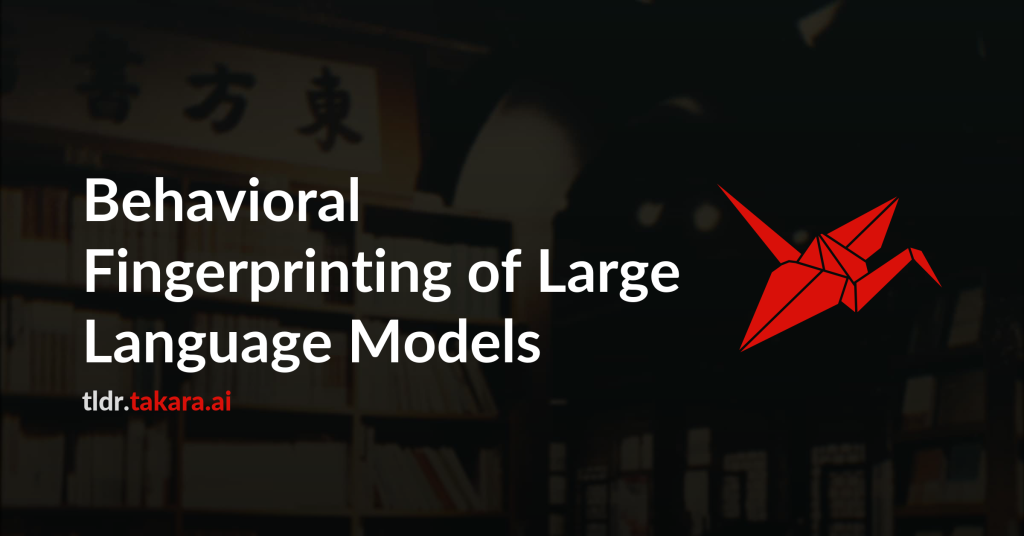Current benchmarks for Large Language Models (LLMs) primarily focus on
performance metrics, often failing to capture the nuanced behavioral
characteristics that differentiate them. This paper introduces a novel
“Behavioral Fingerprinting” framework designed to move beyond traditional
evaluation by creating a multi-faceted profile of a model’s intrinsic cognitive
and interactive styles. Using a curated \textit{Diagnostic Prompt Suite} and an
innovative, automated evaluation pipeline where a powerful LLM acts as an
impartial judge, we analyze eighteen models across capability tiers. Our
results reveal a critical divergence in the LLM landscape: while core
capabilities like abstract and causal reasoning are converging among top
models, alignment-related behaviors such as sycophancy and semantic robustness
vary dramatically. We further document a cross-model default persona clustering
(ISTJ/ESTJ) that likely reflects common alignment incentives. Taken together,
this suggests that a model’s interactive nature is not an emergent property of
its scale or reasoning power, but a direct consequence of specific, and highly
variable, developer alignment strategies. Our framework provides a reproducible
and scalable methodology for uncovering these deep behavioral differences.
Project: https://github.com/JarvisPei/Behavioral-Fingerprinting

